Hand crafted holidays: where to see Landmark craft skills up close
One of the special things about staying at a Landmark property is being able to see and touch work done by traditional craftspeople, up close.
From lead and timber to lime and stone, expert hands and timeless tools have created the raised and fielded panelling, leaded glass windows and decorative plasterwork you'll encounter in our buildings.
While all Landmarks feature impressive building and craft work, here are a few that really highlight the expertise of master stonemasons, glaziers and cabinetmakers over the centuries, painstakingly restored and recreated by the hands of the skilled craftspeople of today.
Cobham Dairy, Kent
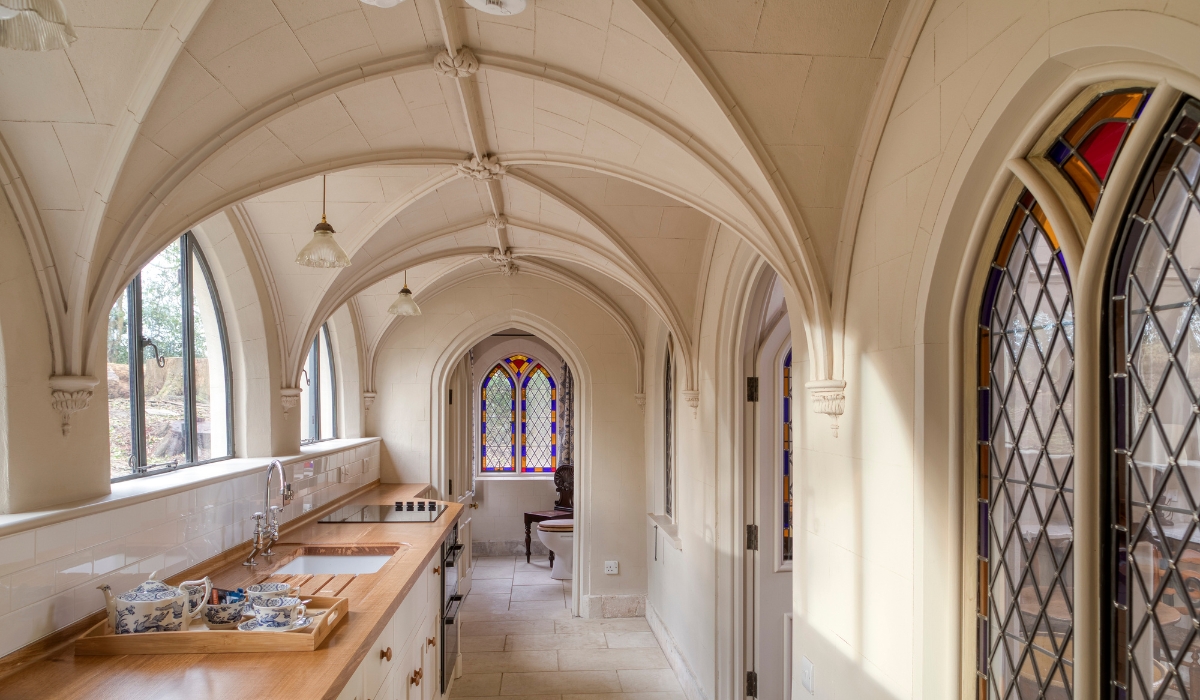
Craft highlight: Decorative plasterwork
Designed by one of the most influential architects of the 18th century, James Wyatt, Cobham Dairy is an exceptional survival. It was conceived to represent a tiny chapel topped with a bell tower, and with four corner pavilions. The central chamber is encased behind miniature arcades of 'cloisters', fronted by an open loggia. This picturesque exterior concealed living quarters for a dairy maid and a central dairy whose exceptional plasterwork and finishes make it as suited to aristocratic tea parties as to butter production. Restoration of the ribbed and vaulted plaster ceilings was carried out by master plasterer Philip Gaches and his team.
Saddell Castle
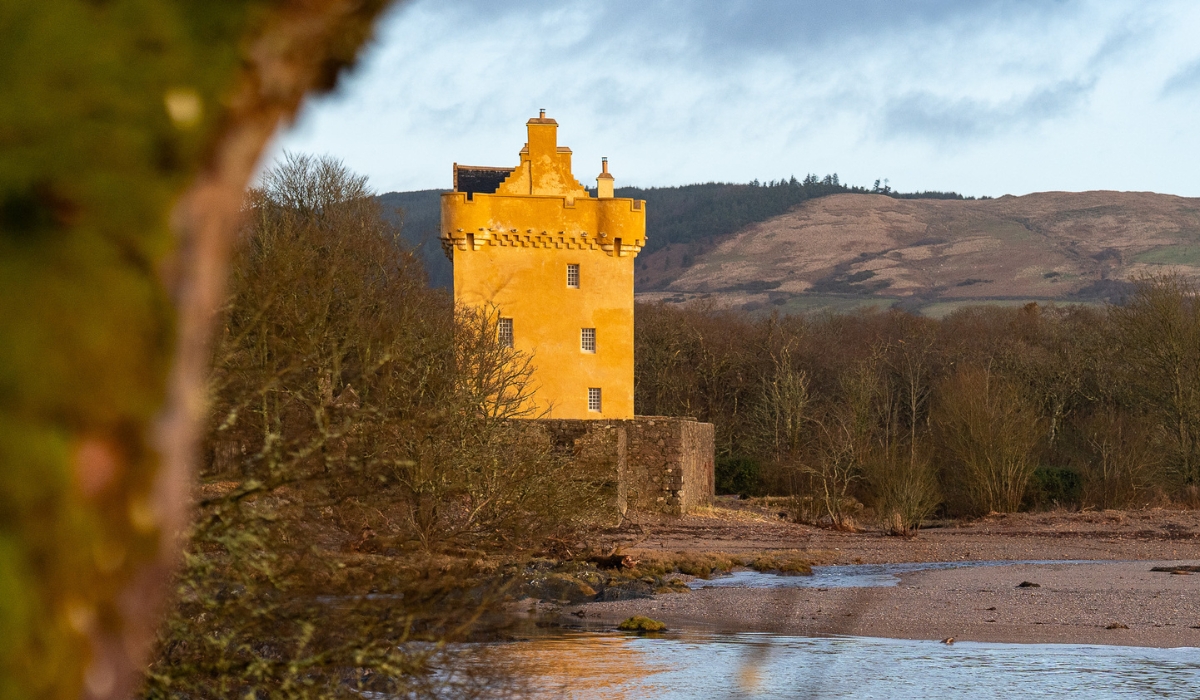
Craft highlight: Lime harling and masonry
Saddell Castle is a fine and complete tower house with a battlemented wall-walk round the roof and located right on the beach at Saddell Bay. Inside, each room is quite different from the others, and each holds something unexpected and agreeable: panelling or a decorated ceiling, deep window embrasures, or closets in the thickness of the wall. Saddell Castle is due to reopen this year following major restoration work, during which stonemasons and plasterers have removed all cement finishes, exposing the stone and lime fabric before packing, pinning and lime pointing the stonework and undertaking the highly specialised lime harling.
Manor Farm, Norfolk
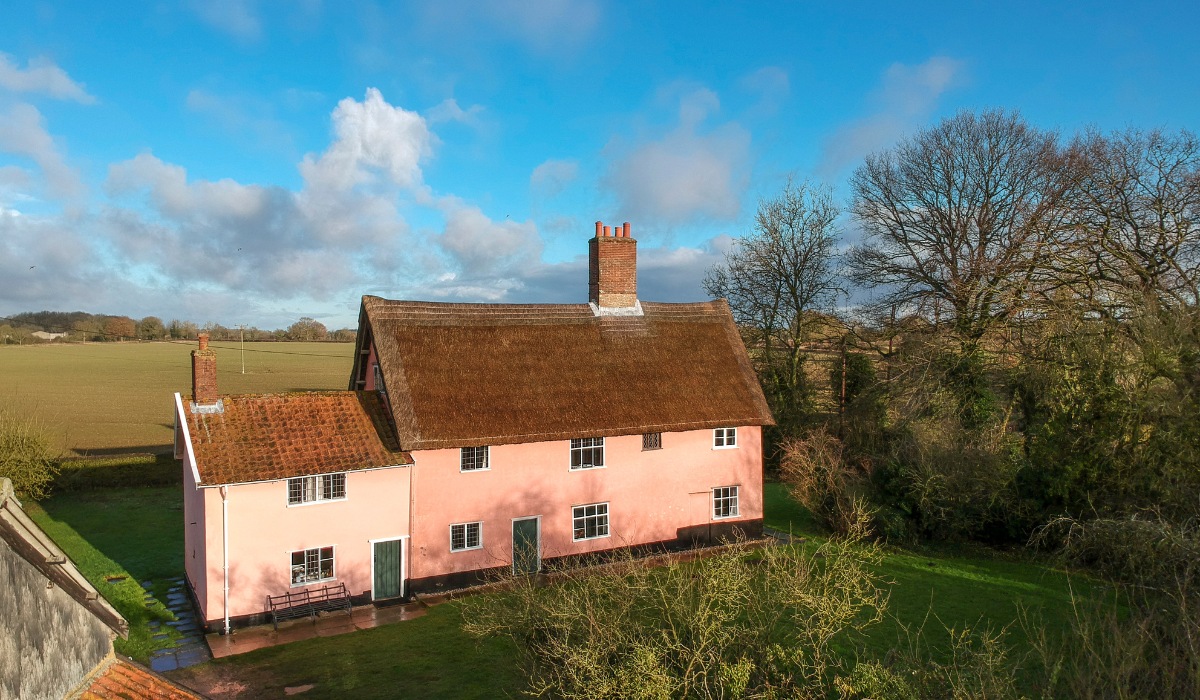
Craft highlight: thatched roof
Manor Farm is a traditional thatched and timber-framed farmhouse with lavish oak partitions and moulded beams. Once the typical home of a comfortably off yeoman farmer now you can enjoy its pretty garden and the surrounding Norfolk countryside. The traditional maintenance process of Manor Farm keeps old craft skills, like thatching, alive.
Winsford Cottage Hospital, Devon
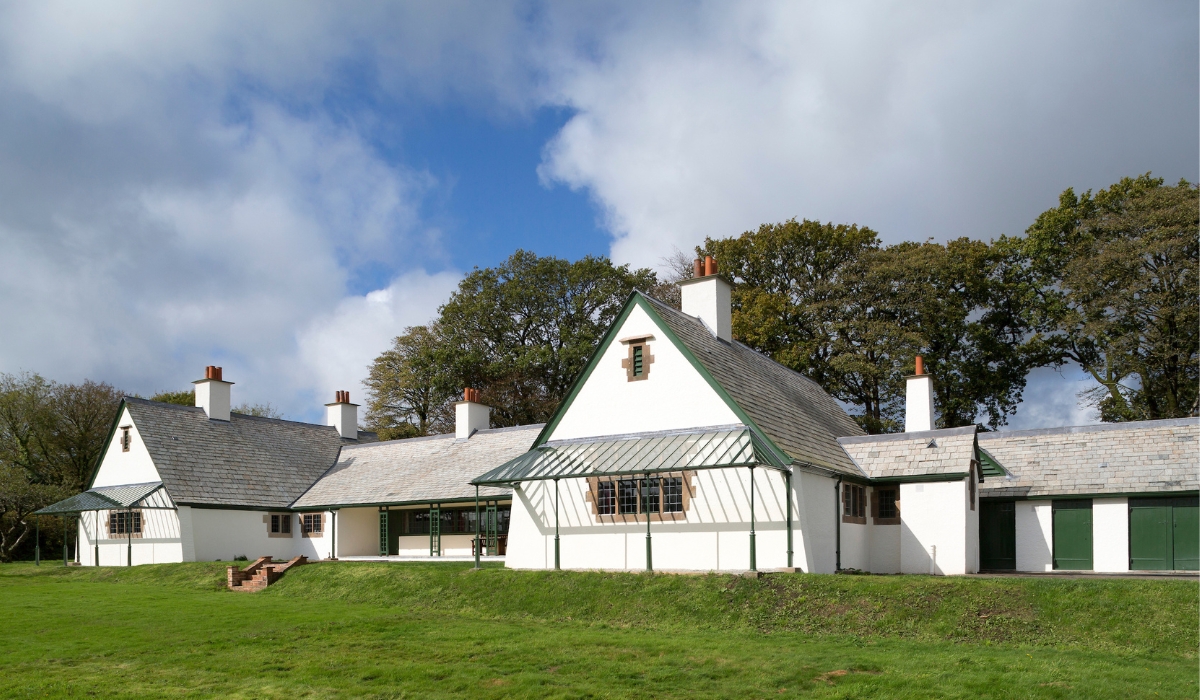
Craft highlight: An elaborate mosaic floor
Winsford Cottage Hospital is a Grade II* listed, unique example of an unaltered, purpose-built Victorian cottage hospital. It was designed by the brilliant Arts & Crafts architect C.F.A. Voysey, who is widely regarded as one of the finest designers of the Arts & Crafts movement. Landmark’s restoration of the building began in 2014 and started with replacement of the enormous Cornish Delabole slate roof, laid in diminishing courses, which is characteristic of Voysey's style. The main corridor, with a mosaic floor of polished golden limestone blocks, is the axis of the whole design, allowing ease of circulation and direct access from all the rooms.
The Carpernter's Shop, Cornwall
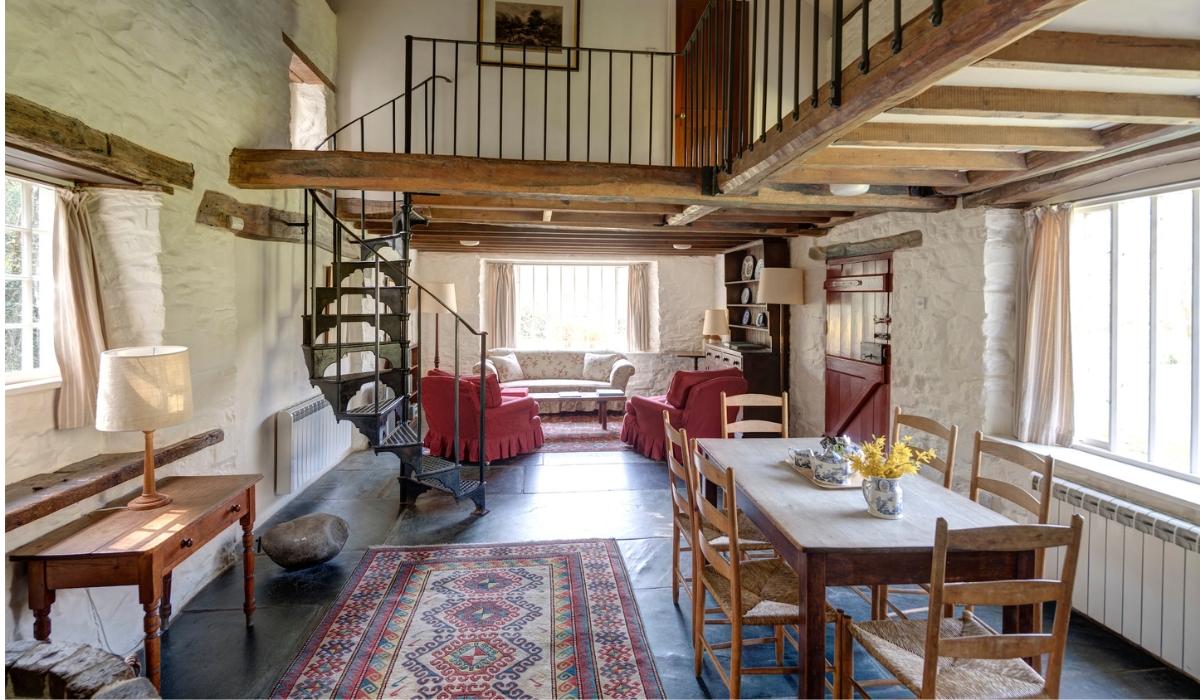
Craft highlight: a building which was once a workshop
The Carpenter's Shop sits in Coombe, a hamlet at the forgotten junction of two wooded valleys in North Cornwall and just half a mile from the sea. Once the workshop for the Tape family, this Landmark has been restored and converted to make a perfect base to explore the West Country. Its roughly dressed stone, flat brick arches, vertical bars and overlapping glass are typical of early 19th century workshops and industrial buildings.
Alton Station, Staffordshire
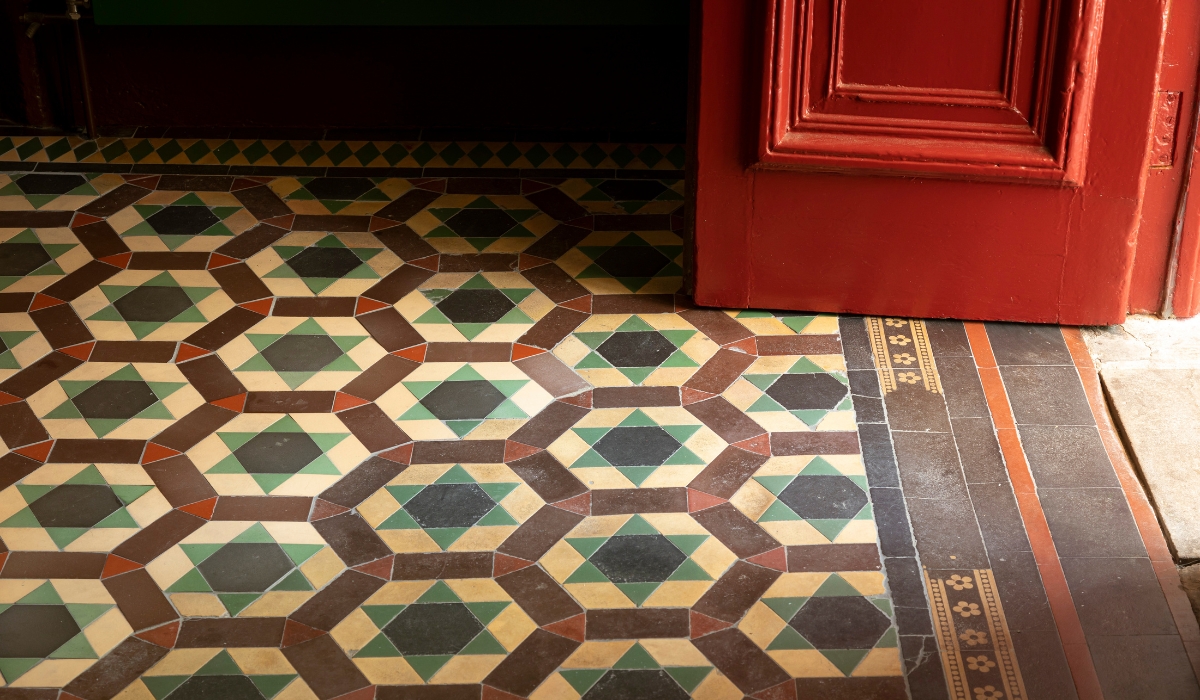
Craft highlight: Victorian geometric floor tiles
Italianate in style, this North Staffordshire Railway station no longer has railway tracks beside its platform, but it still has much to offer. The Landmark incorporates both the station and its Station Master's House. One of its glories is its original Minton floor tiles. Minton was perhaps the most iconic manufacturer of the Victorian era, the stylistic geometric tiles popular in residential and commercial properties across Britain and exported internationally. After 170-odd years of wear, specialists have surveyed, repaired and, as necessary, replaced tiles throughout the Waiting Room.
The Grange, Kent
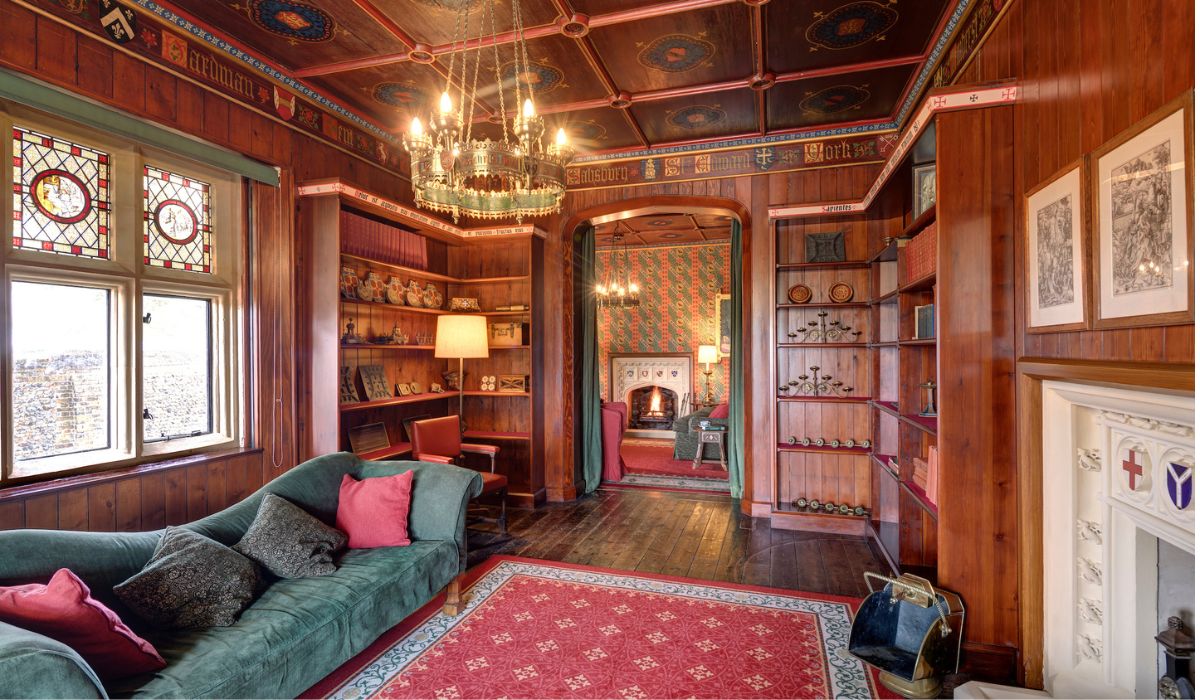
Craft highlight: The Library, where Augustus Pugin produced much of his best work.
Augustus Pugin is regarded as one of Britain’s most influential architects and designers. The Grange was his family home. Set in its own private garden, The Grange offers a retreat from the outside world, within the thriving town of Ramsgate. In his library, surrounded and sometimes interrupted by his large family, Pugin produced much of his finest work, working at prodigious speed as designs for the House of Lords and the Medieval Court at the Great Exhibition flowed effortlessly from his pen. Four large free-standing bookcases almost cover the walls, one section is cleverly hinged to allow the door from the hall to open. These have been reconstructed, by Landmark’s Workshop Manager and Cabinet Maker Mark Smitten, from shadows on the walls and details included in Pugin’s letters.
Fairburn Tower, Ross-shire
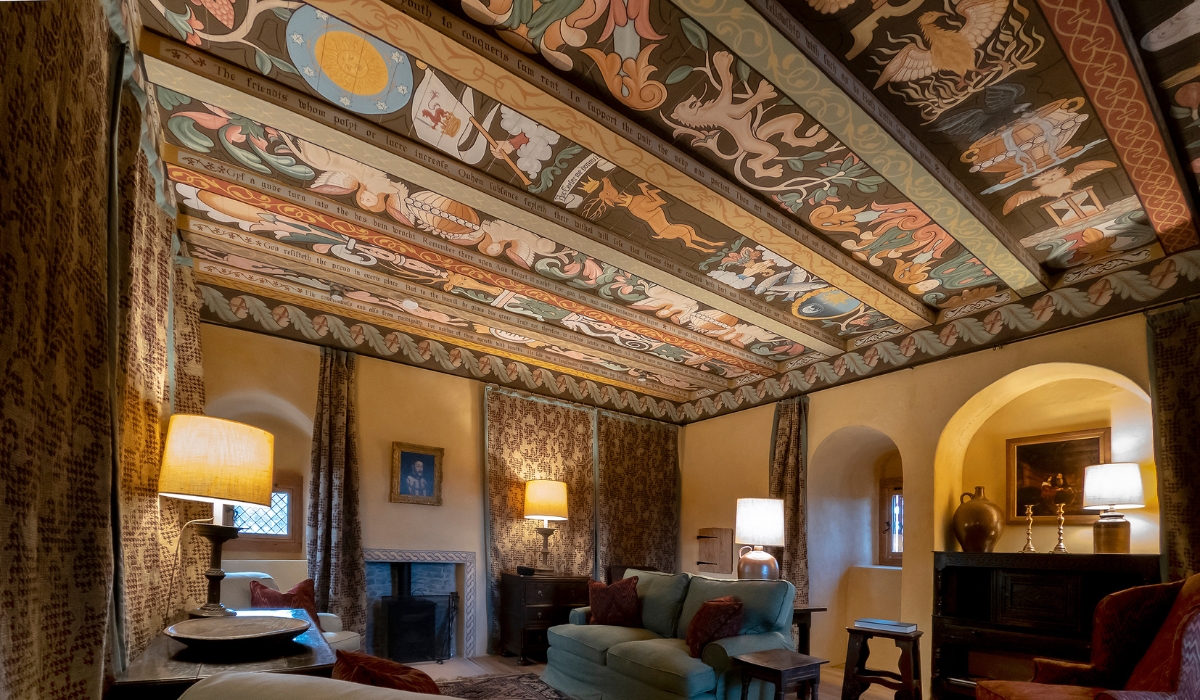
Craft highlight: Painted ceiling
There is much to marvel at inside Fairburn Tower, a rare survival from the Scottish Renaissance. Situated in beautiful Highland landscape, the Tower was built around 1545 for Murdo Mackenzie, a favourite at the court of King James V and Mary of Guise. It was a roofless gutted shell when Landmark took it on, yet it was clear from the level of detail surviving in its crumbling masonry that the tower had once been the scene of a rich existence. This was an age when wealthy Scots decorated their ceilings with emblematic figures, symbols and texts and so in the third floor sitting room, we commissioned our own painted ceiling from artist Paul Mowbray.
Langley Gatehouse, Shropshire
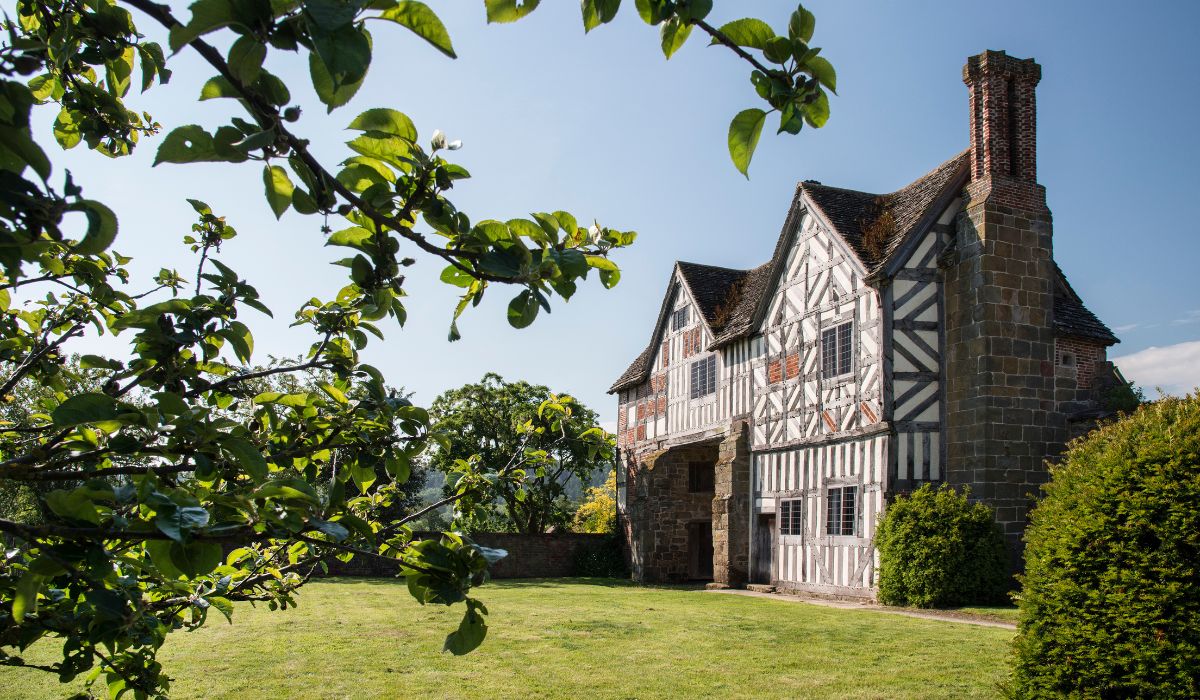
Craft highlight: Wooden garden gate
While it may look unassuming, a garden gate is often one of the first contact you have with a Landmark property. As you approach Langley Gatehouse in the beautiful Shropshire countryside, you will now find a charming handmade gate; measured, drawn, crafted and fitted by Landmark’s Bench Joiner Matt Cannell. In a house where there are beams marked with the initials of those carpenters who built it, the care and attention to detail in building a gate to compliment this 15th Century timber-framed gatehouse is vital. Where wood and woodworking skills are seen inside and outside of the building, all its elements have been built (and repaired) in the best local tradition.

